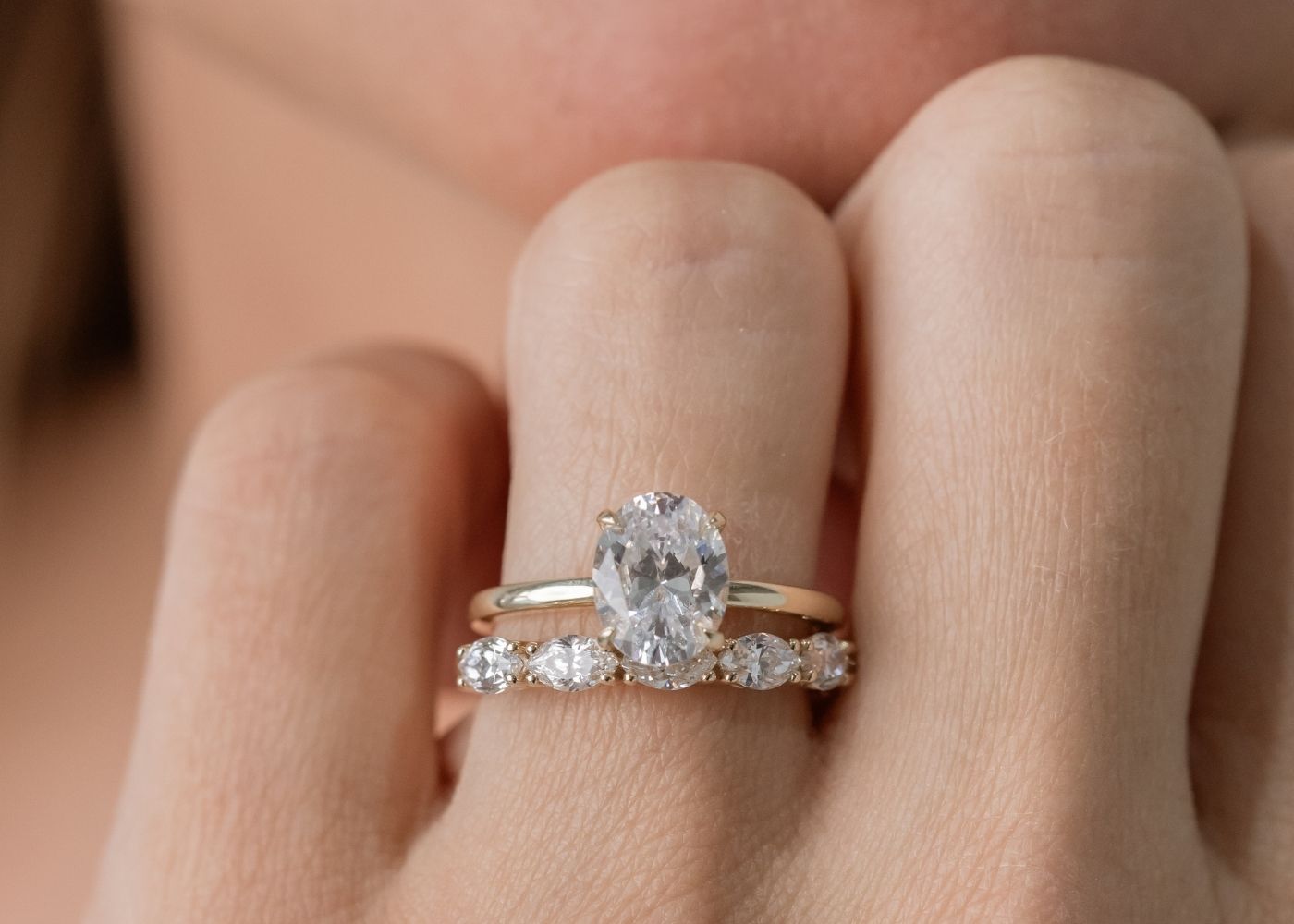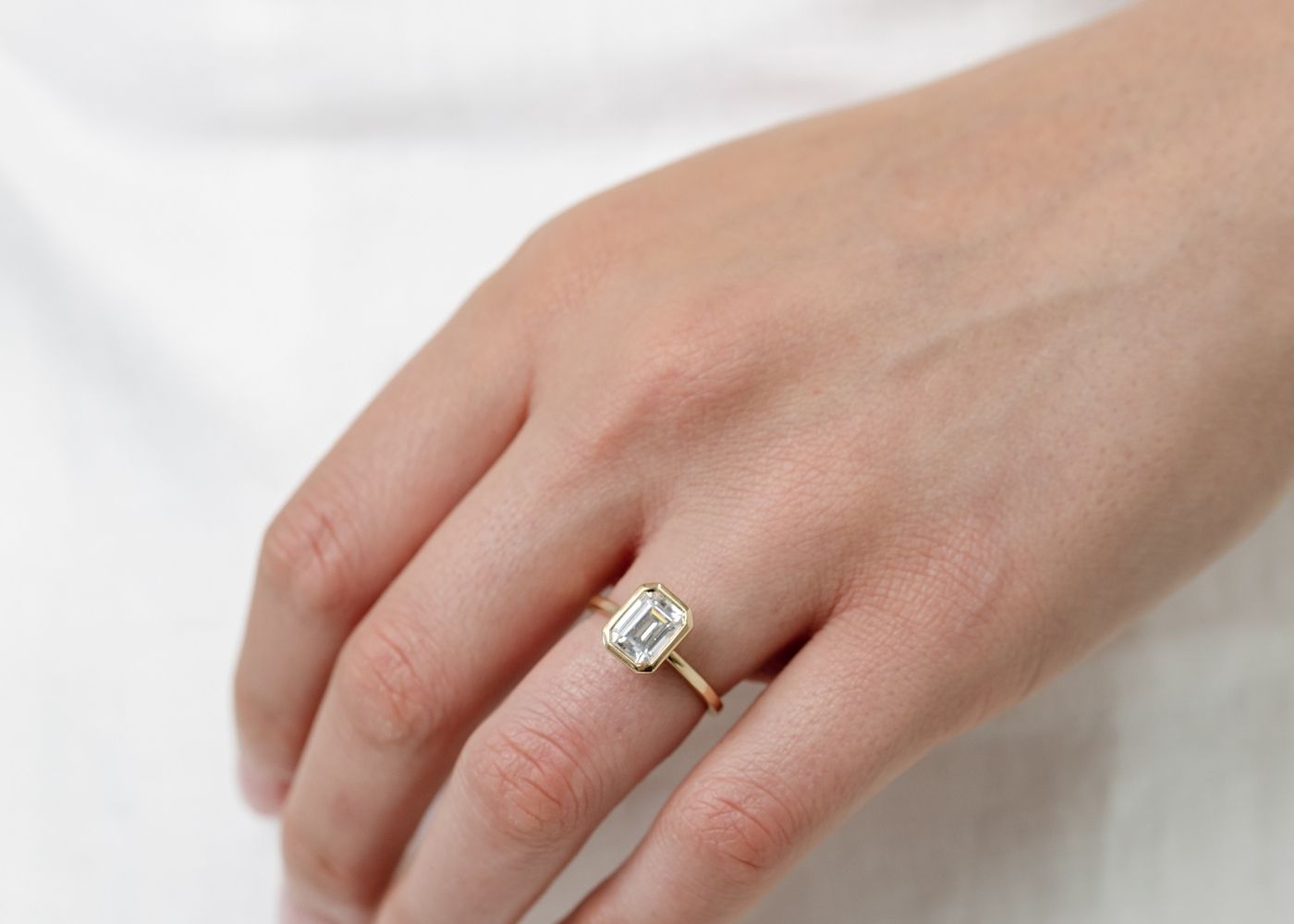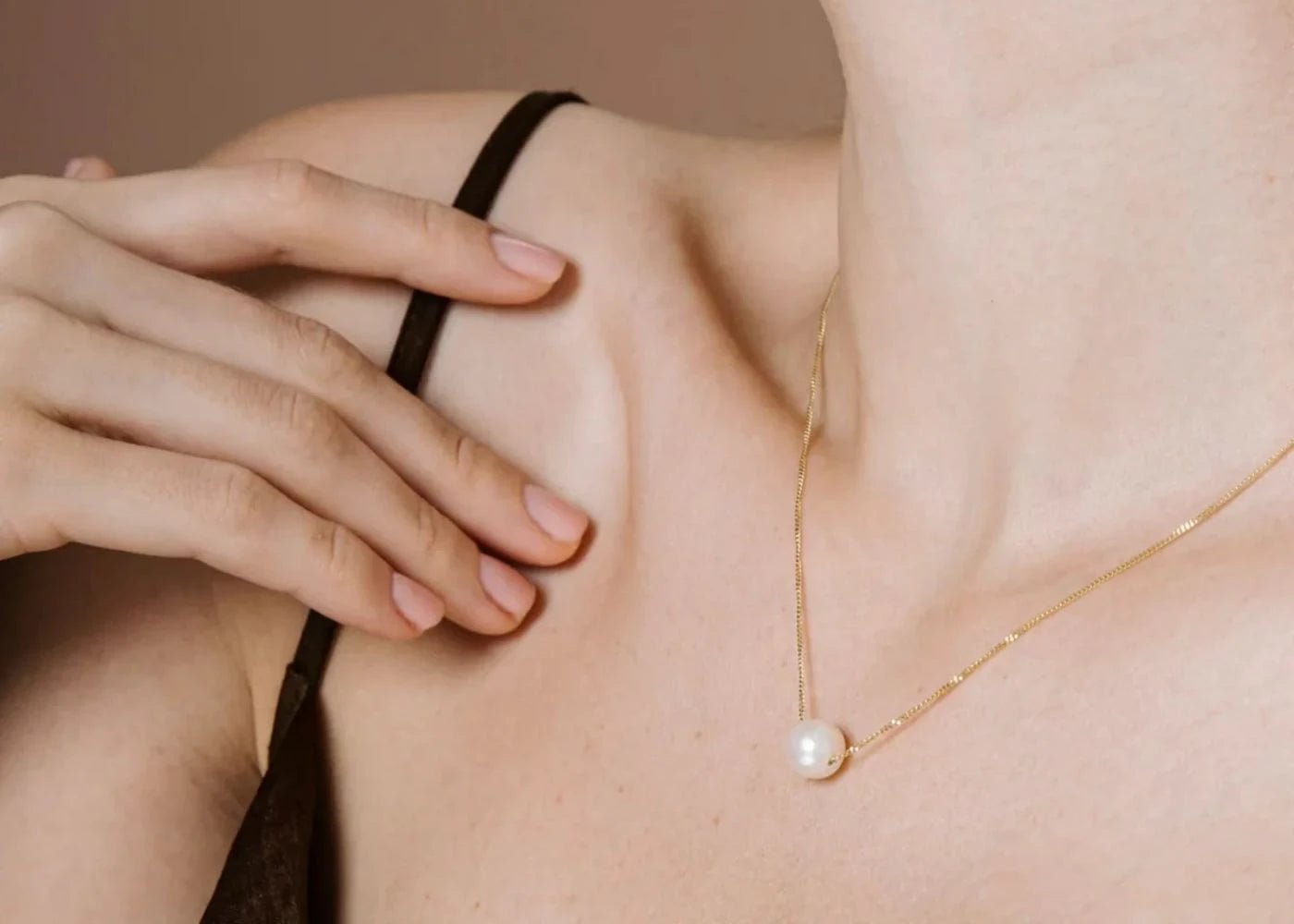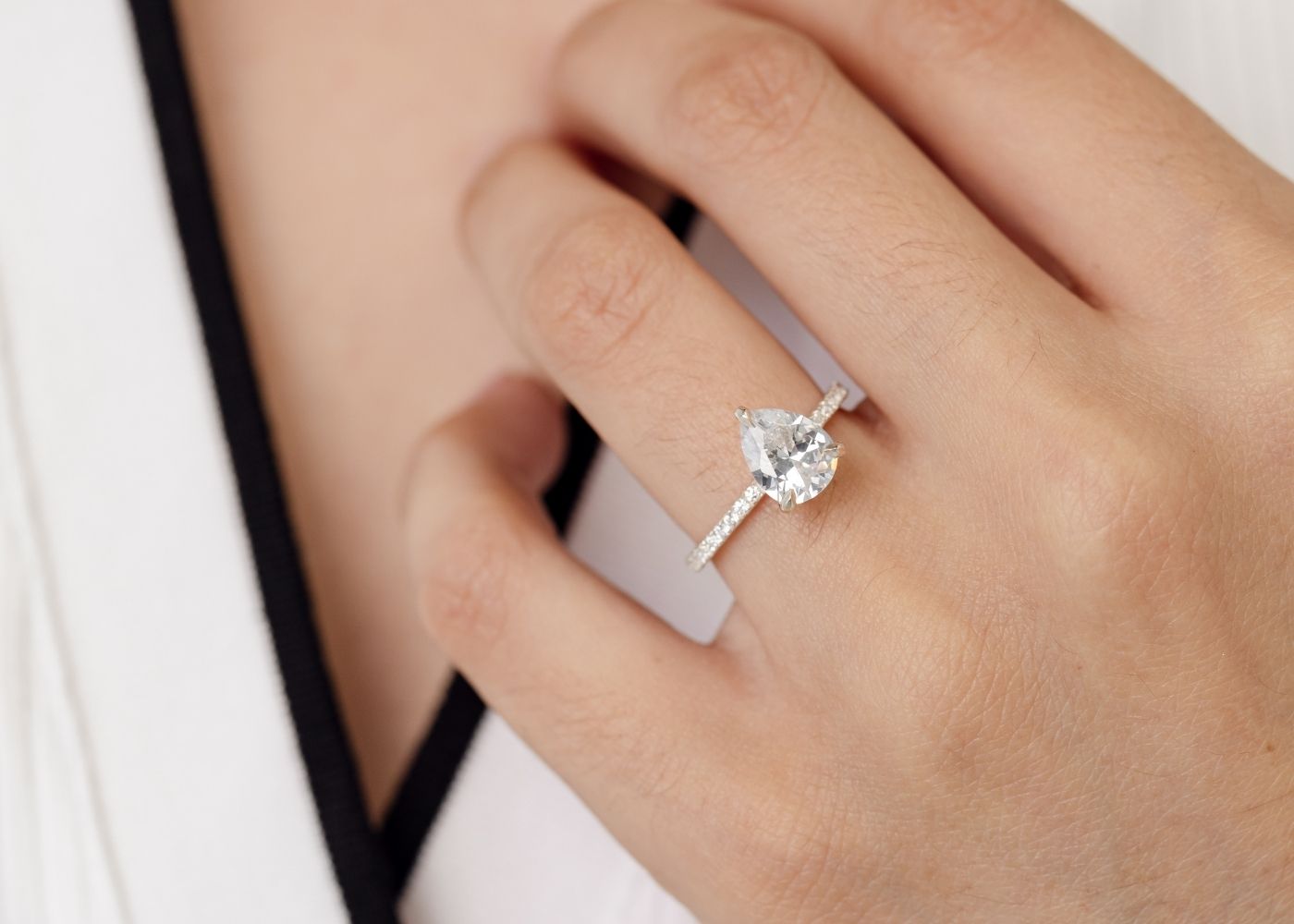Cabochon
Application and Purpose of Cabochon Cutting
- Cutting cabochon is usually applied to opaque gems.
- Faceting is usually used for transparent stones.
- Soft gemstones with a hardness lower than 7 on the Mohs hardness scale are easily scratched.
- Translucent gems are polished as cabochons to make the scratches less evident.
- Domed cabochon cut can show the star or eye in asteriated and chatoyant stones.
Procedure for Cutting Cabochons
- The procedure involves cutting a slab of the rough rock with a slab saw.
- A shape is stenciled from a template onto the slab.
- The slab is trimmed near the marked line using a diamond blade saw or a trim saw.
- Rough rock is ground down using diamond-impregnated wheels or silicon carbide wheels.
- The piece is then dopped onto a wooden dowel called a dop stick and ground to the template line.
Shapes of Cabochons
- The usual shape for cutting cabochons is an ellipse.
- The eye is less sensitive to small asymmetries in an ellipse compared to a uniformly round shape.
- Cabochons on some watch crowns are circular.
- The elliptical shape, combined with the dome, is attractive.
- Circular cabochons on watch crowns are an exception.
Examples in a Gallery
- Moonstone cabochons in a jeweler's window.
- A round sapphire cabochon on the crown of a men's dress watch.
- Amber pendants, including an oval cabochon pendant.
- The oval cabochon pendant measures 52 × 32 mm (2 × 1.3 in).
- Images of cabochons in various settings and jewelry pieces.
References and Historical Context
- 'Rock and Gem' (1st Americaned.). DK. ISBN0-7566-0962-3.
- 'Cutting and Polishing Gemstones - A Collection of Historical Articles on the Methods and Equipment Used for Working Gems'. Read Books Ltd. 2014. ISBN9781473395398. Retrieved 21 August 2022.
- The cutting and carving of gems were probably first done in ancient Babylon several thousand years before Christ.
- Various references and sources related to gemstone cutting and cabochon making.
- Additional information and historical context about the methods and equipment used for working gems.
Cabochon Data Sources
| Reference | URL |
|---|---|
| Glossary | https://harryandcojewellery.com.au/blogs/glossary/cabochon |
| Wikipedia | http://en.wikipedia.org/wiki/Cabochon |
| Wikidata | https://www.wikidata.org/wiki/Q615008 |
| Knowledge Graph | https://www.google.com/search?kgmid=/m/01s97h |





